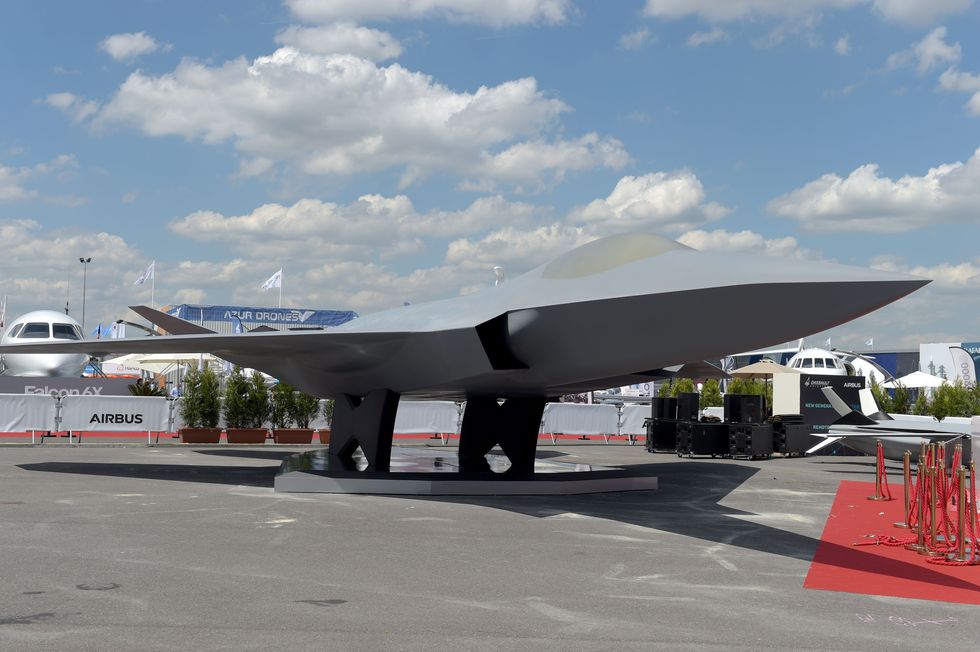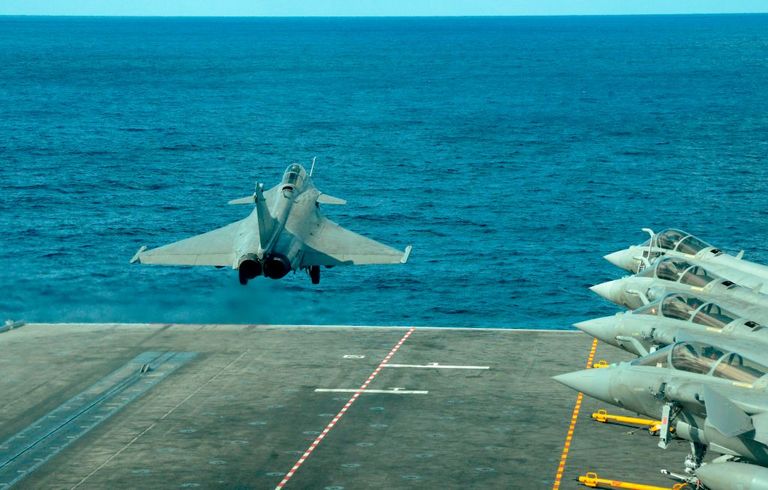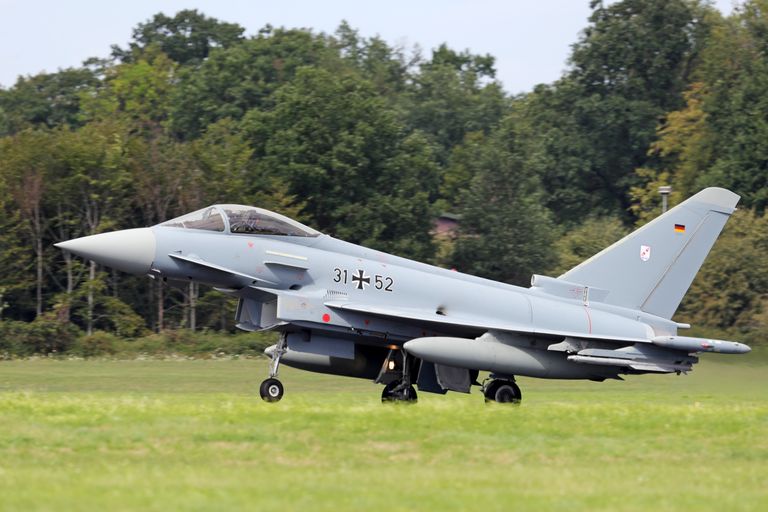
A multi-country effort to build a shared European fighter jet is in jeopardy as Germany and France enter crisis talks to save the program. The countries are arguing over classified technology, cost sharing, and jobs surrounding their Future Combat Air System (FCAS).
The fighter jet, which those countries agreed to with Spain, is supposed to enter service in 2040.
FCAS is a sixth-generation fighter that follows in the footsteps of previous European aircraft programs, including the Tornado strike jet, Eurofighter Typhoon, and Tiger attack helicopter.

France has a great deal of experience in designing and building fighters, including its successful line of Mirage jets and the current frontline Rafale fighter. Germany and Spain, meanwhile, have less experience, having only worked on the Eurofighter. (Though that single project has lasted for decades.)
France and Germany are deadlocked over two of seven points of cooperation, Reuters reports. One issue is intellectual property rights, with France complaining that Germany’s participating defense industry wants access to French tech—a charge Germany denies. The two countries are also apparently squabbling over dividing payments, the exact job description of the fighter, and even Germany’s lack of participation in combat operations abroad.

The anticipated $120 billion dollar price tag for the FCAS program, which will include crewed and uncrewed systems, means France and Germany are eager to spread the cost out among as many parties as possible. Figuring out logistics between two countries is hard enough; surely Spain’s recent entry into the FCAS program complicates things.
Germany and France signed an agreement to build FCAS in 2017, giving themselves 23 years to build a new fighter jet capable of replacing France’s Rafales and Germany and Spain’s Eurofighters by 2040. That means existing fighters will easily serve a minimum of another 19 years, stretching designs that date to the 1980s.
It’s not a great development that after 4 years, France and Germany are still squabbling over how to work together. The project may ultimately fall apart, forcing the three countries to reassemble into a smaller coalition, team up with other countries, or work alone.
But that may not be a bad thing. As the U.S. Air Force proved in 2020, advances in digital engineering mean countries can now design, build, and fly new fighter jets in as little as one year.
The process is much cheaper and faster than it was in 2017. Could the world soon see the first all-German fighter jet since World War II? It’s possible.
France and Germany Are Arguing Over Their Shared Sixth-Gen Fighter Jet
The countries are supposed to produce the plane with Spain by 2040. We'll see about that.






